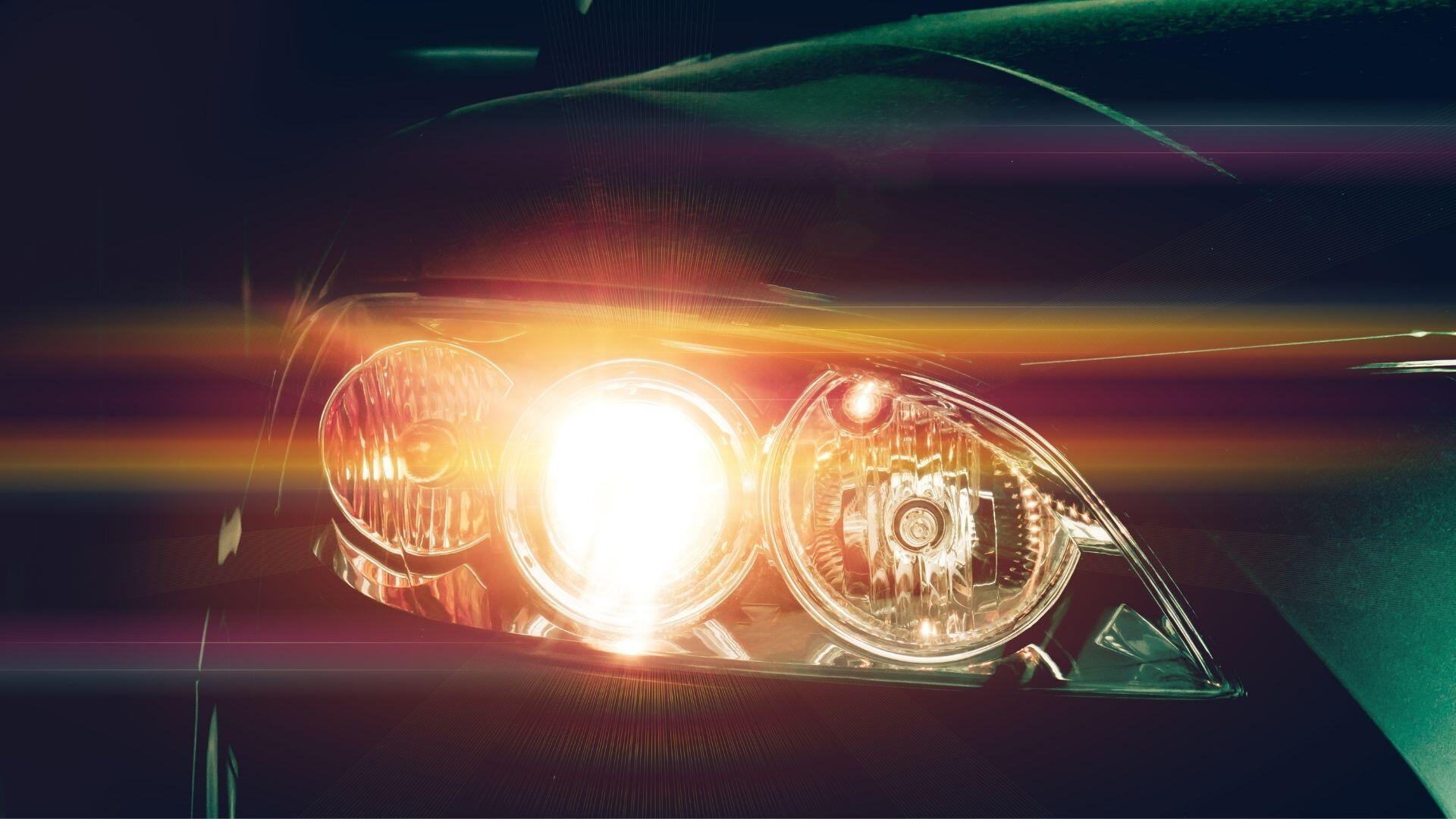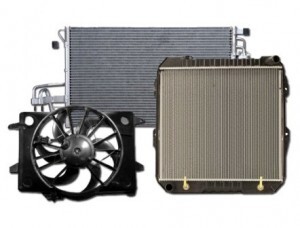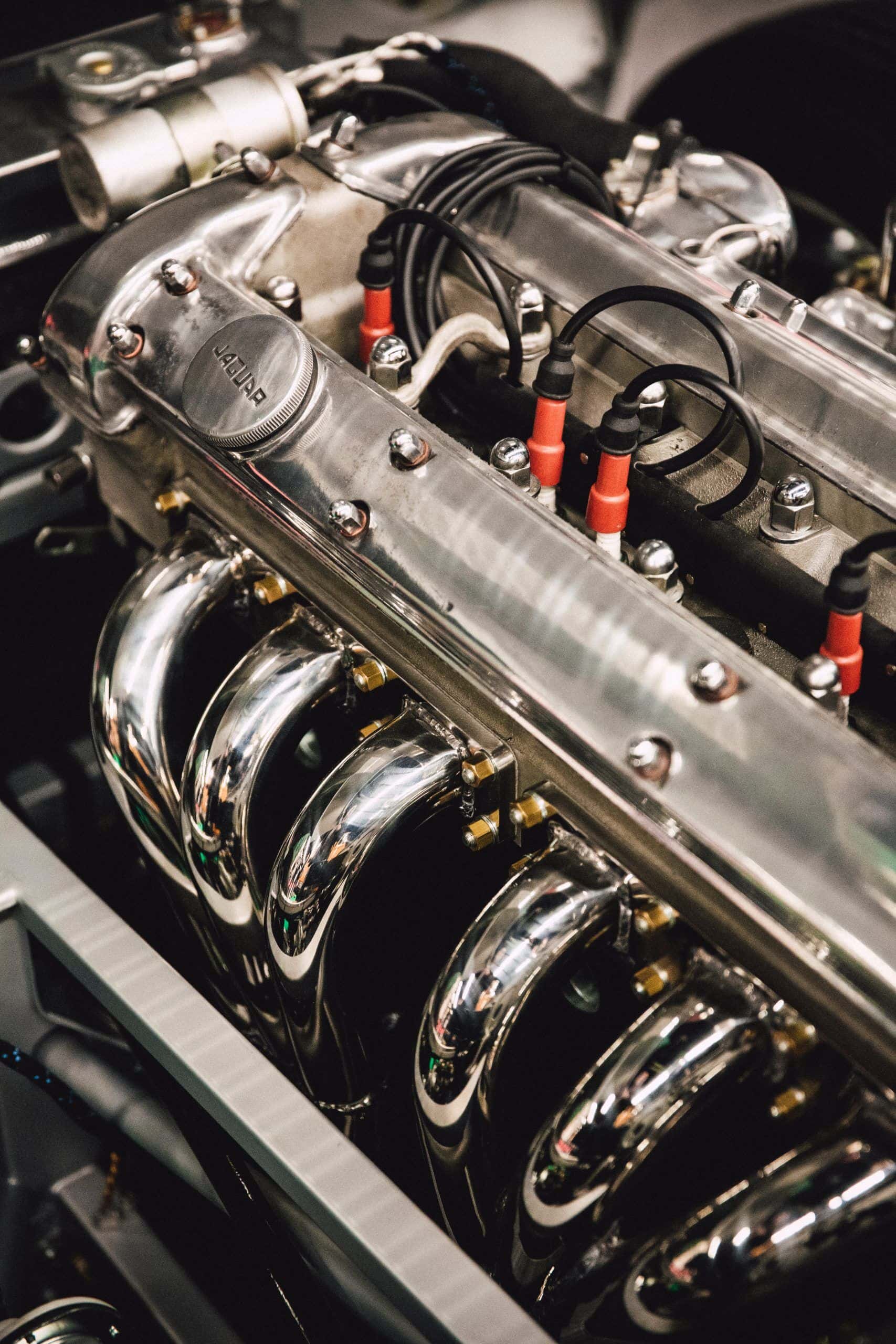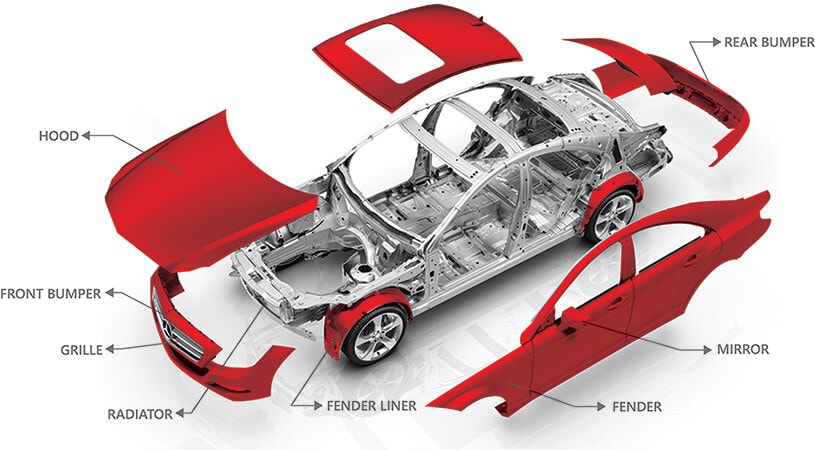
The Scoop on Aftermarket Headlights
One of the most common ways to upgrade a vehicle is to add new headlights. Aftermarket headlights tend to be a lot brighter than standard headlights, and for many, the added improvement to aesthetics makes it a worthwhile investment.
That being said, not all aftermarket headlights are road legal. Using the wrong ones can land you a hefty fine, not to mention the risk you may face when driving.
So, to ensure you do not end up with aftermarket headlights that put you at unnecessary risks, let’s talk about the various aftermarket headlights you can buy and the benefits and drawbacks of each option:
1. Xenon HID Headlight Bulbs
HID bulbs have become incredibly popular, but many people still wonder if they’re road legal. In most cases, they’re fine for the road. However, when misused, they can become too bright, which poses a hazard to other drivers. The brightness can also result in fines because there will be rules on specific headlight brightness depending on where you live.
Apart from brightness, HID headlights also come in the wrong color. Standard headlights come in yellow or white, while HID headlight bulbs have a cooler, blue-er color. HID headlights don’t only aim the light down onto the road to top it off. They spread the light everywhere, meaning that the headlights could blind other drivers coming your way.
2. Tinted Headlights
Tinted headlights are pretty common these days. You see them on many cars, and for many people, it’s simply a case of wanting their car to look a bit different from others.
One of the big problems with tinted headlights is that they do not give off enough light. This makes them a safety hazard. A police officer looking at your car from a distance may not be able to tell if your lights are on or not. This is a hazard to them and other drivers on the road. So, make sure you don’t just pick out any tinted headlight, but pick legal ones.
3. Projector Headlights
Projector headlights are another standard upgrade for cars. As the name suggests, these headlights allow you to project light in a particular direction. This can make it a lot easier to see things in front of you.
The main issue with projector headlights is that they can be too bright. They can also strain the driver’s eyes because the reflection is too strong.
4. Xenon HID Fogs
Fogs are a common upgrade for many people. They’re generally a bit safer than other headlights because they add another level of brightness. It’s also easier to see things at night when using fogs because the light is brighter and spreads across a wider area.
Like HID headlights, HIDs fogs can also be too bright. This is especially true at night. Lights that are too bright can cause safety hazards and result in a fine. It’s best to find a balance when it comes to light levels.
Conclusion
In the end, the most important thing to remember is that you should stick to road-legal headlights. Illegal headlights can cause many problems, and even if they are not technically breaking the law, they’re not particularly safe either. If you want to get legal headlights, you will need to do a lot of research to ensure the aftermarket headlight you pick is a road-legal one!
Kar Parts Direct is your one-stop-shop for all your aftermarket auto body part needs and more. If you are looking for aftermarket headlights, check out what we have for you!









Recent Comments